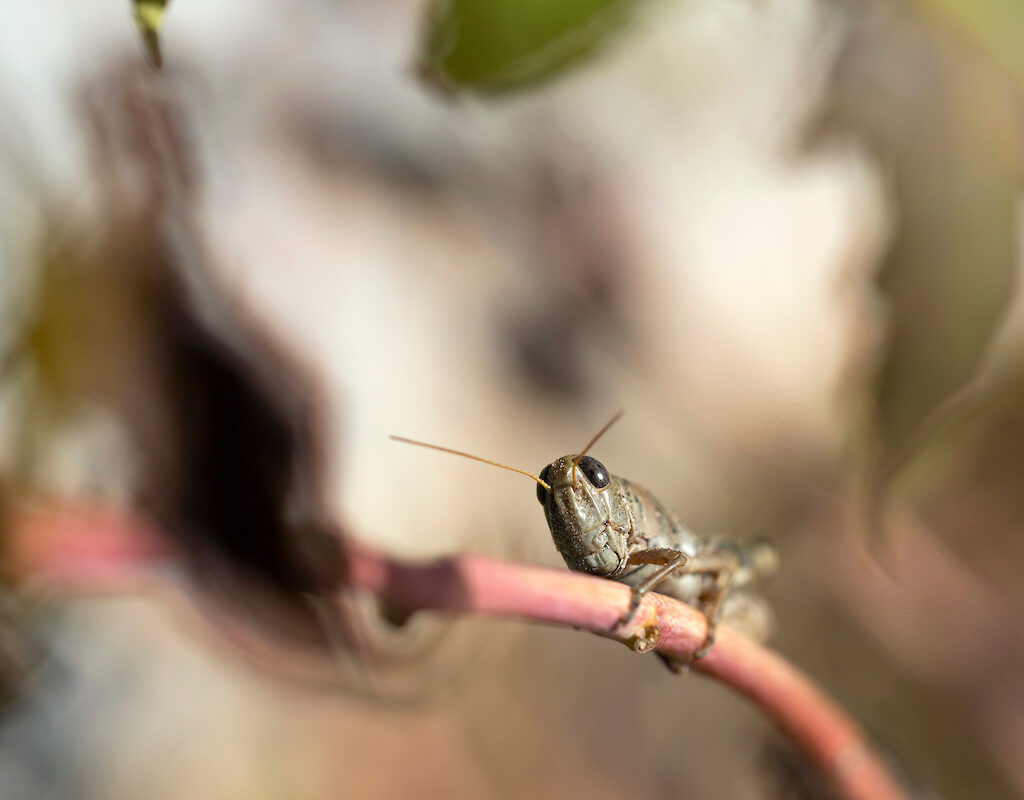Agrilife Extension Resources
We have a wide range of information, publications and specialists that cover an array of questions related to insects, pests and diseases. Topics run the gamut from beneficial and pest insect identification to integrated pest management regimens and protection from vector-borne diseases.
Related Departments: Entomology, Plant Pathology and Microbiology

- Publication
Phomopsis affects grapes in vineyards across Texas—especially in wet, humid regions. This 2-page factsheet gives you expert-backed strategies to identify, manage, and prevent it. Download your free copy now.
- Publication
Finding bugs in your pantry can be stressful. This easy-to-follow factsheet shows you how to identify red flour beetles, get rid of them safely, and keep your dry goods protected for good. Download your free copy today!
- Publication
A new aphid pest has infested grain sorghum in Texas, Oklahoma, Mississippi, Louisiana, and Mexico.
- Publication
Going to the Texas coast? Whether you’re fishing, swimming, or just enjoying the Texas sun, our Vibrio Awareness factsheet can help keep you safe! Learn how to prevent, spot, and treat a Vibrio infection so your trip is memorable for the right reasons!
- Publication
Integrated pest management (IPM) uses four control tactics to prevent and manage pest problems. Learn the four basic control tactics and methods for each by downloading this publication!
- Publication
This publication discusses various ways to attract and house pollinators and beneficial insects in a garden.
- Publication
Defend your crops against the Sweet Potato Whitefly! Our free factsheet teaches you how to use this pest’s natural predators to help manage them. Learn about their biology and overall predator profiles. Download your copy today!
- Publication
This 2-page fact sheet discusses the signs and symptoms of citrus greening and areas along the Gulf Coast under a citrus greening quarantine.
- Publication
Integrated Pest Management (IPM) can be used to control weeds, keep lawns healthy and protect the environment.
- Publication
This 2-page factsheet discusses the USDA APHIS Animal Disease Traceability Rule changes affecting beef cattle.